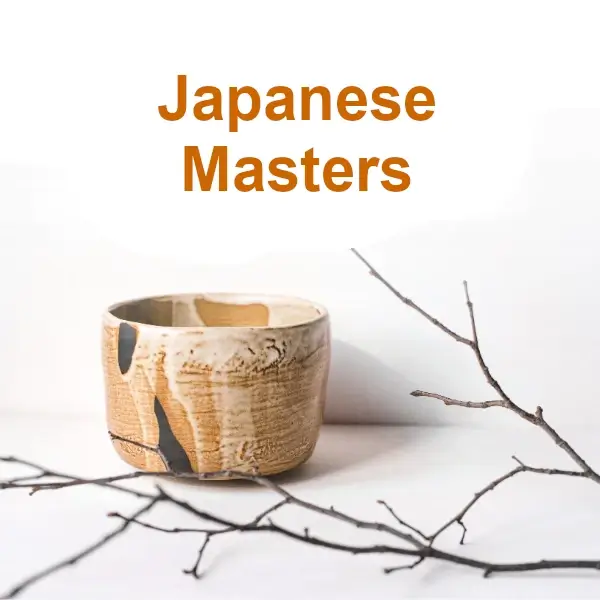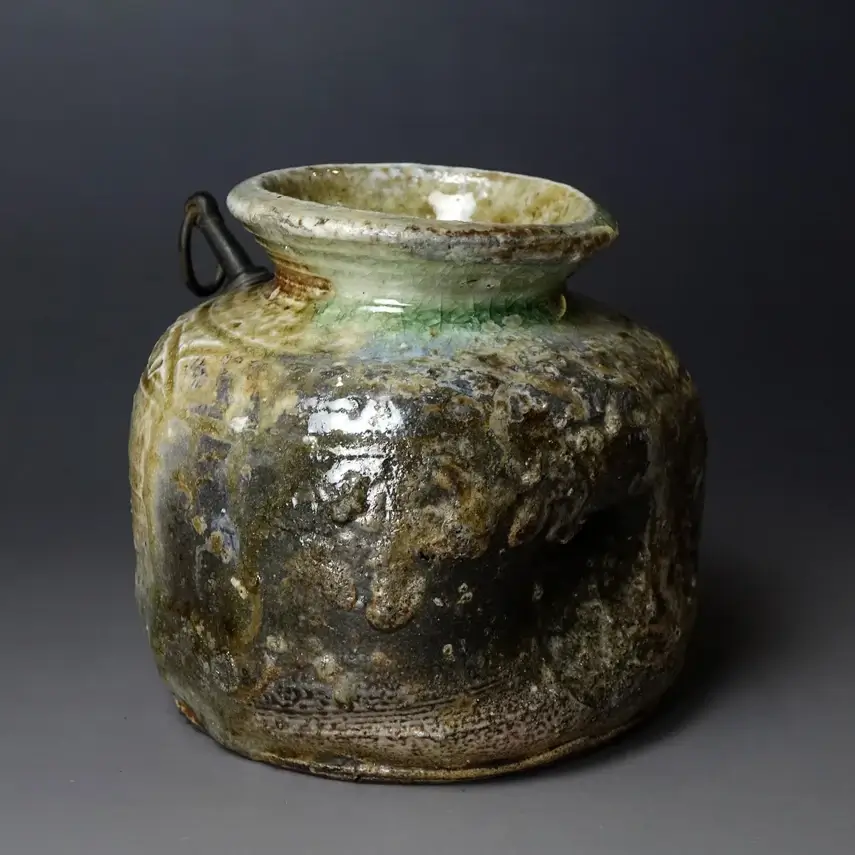Meet the Japanese master Ōgata Kenzan and his art in Ceramics.
Ogata Kenzan: Master of Japanese Ceramics
In the heart of Kyoto, in the year 1663, an artist destined to leave an indelible mark on the world of Japanese ceramics was born. Ogata Kenzan, originally known as Ogata Shinsei, emerged from a wealthy family, brother of the renowned painter Ogata Kōrin.
Kenzan, who also adopted the pseudonym Shisui, immersed himself in the art under the tutelage of potter Nonomura Ninsei, and over the course of his life, established his own kiln to bring his ceramic visions to life.
With a spirit overflowing with creativity, Kenzan transformed the ceramic surface into a canvas for his artistic expressions, using motifs of grasses, flowers and birds with a freedom and grace that resonated with the ephemeral beauty of nature.
His distinctive style not only enhanced the form of each piece, but also established a dialogue between design and material, a legacy that has profoundly influenced Japanese ceramics to this day.
Kenzan, along with his brother Kōrin, contributed to the Rinpa style, characterized by a vibrant decorative approach that harmonized with Japanese literary traditions. This artistic approach, rich in color and expression, marked an evolution in ceramic aesthetics, allowing each work to tell its own story through its details and textures.
Beyond his artistic contributions, Kenzan was a visionary who understood ceramics not only as a craft, but as a means for personal and cultural expression. His life in Edo (present-day Tokyo) during his later years allowed him to expand his influence, gaining recognition not only as a ceramist, but also as a writer and artist.
Ogata Kenzan’s narrative is interwoven with the history of Japanese ceramics, remarkable not only for his technique and style, but also for his ability to capture the essence of Tokugawa-era Japan.
Through his work, Kenzan reminds us that every brushstroke, every shape and every color carries within it the possibility of transcending mere functionality to touch the soul of those who encounter them.
List of Japanese master ceramists
In an attempt to give recognition to the master ceramists of Japan, we have made a series of biographical articles, you can access them through this drop-down list.
We hope this will help to spread the beautiful tradition of Japanese pottery.
It will help us if you share on social media:
Other posts about Japanese pottery:




